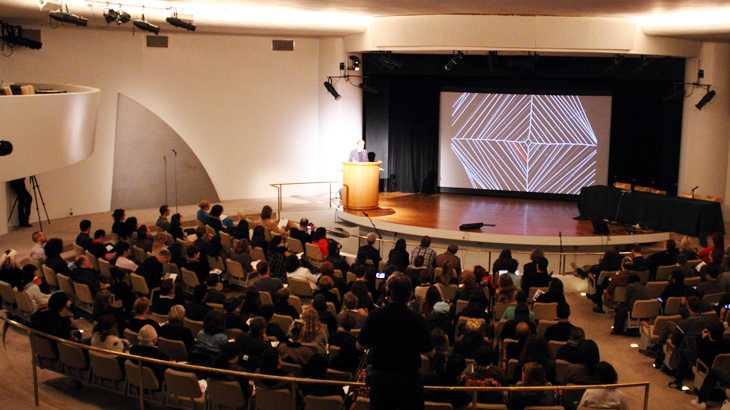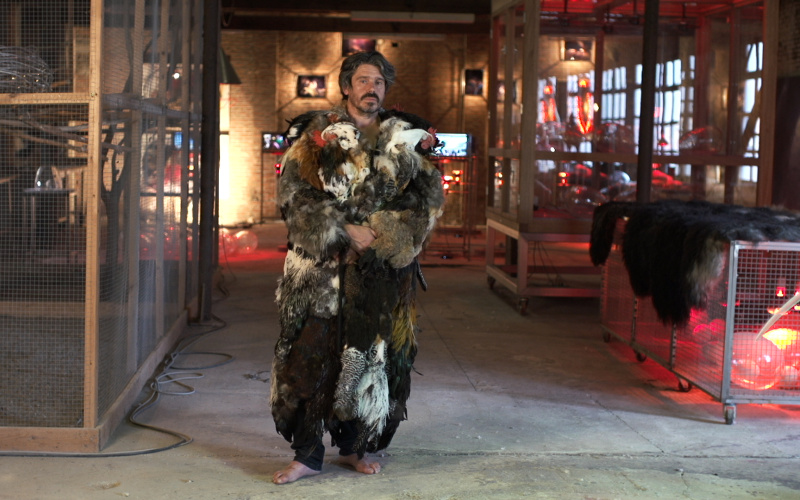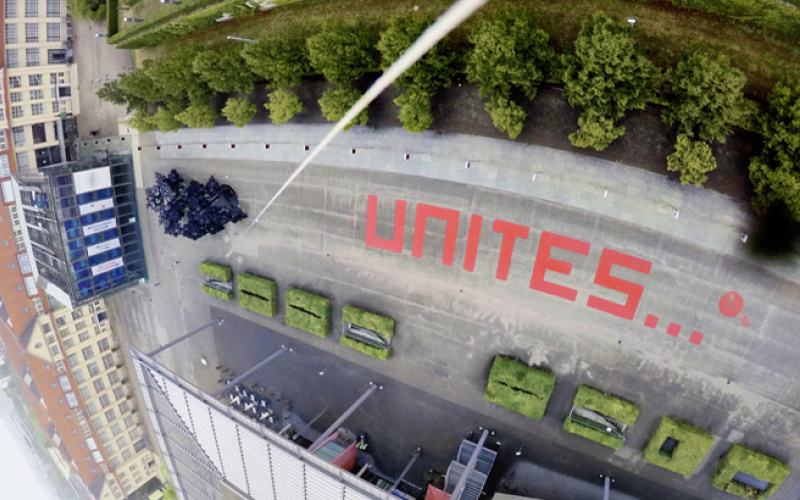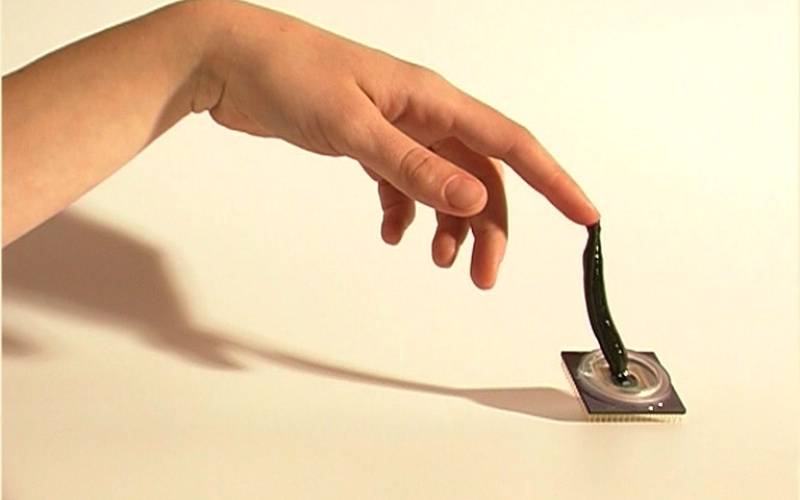LISA Conference 2012 - Software Programming as Art
How can it be collected? How does it survive over time? Where and to whom can it be sold? What role do social media play in it’s creation? And: how does it change the language of art and the space in which it is exhibited?
BY JULIA JOCHEM
According to Isabel Draves software art is on a fast track to becoming the latest artistic movement. For three years she has organized regular meetings – the LISA salons – in New York, with the goal of establishing a community among software artists.
The success of her efforts is now being noticed by a larger community: from October 14 – 16, 2012, the first LISA conference was held at the Guggenheim Museum, New York. LISA is the acronym for Leaders in Software and Art and stands for innovative works on the basis of computer programming. In podium discussions, keynotes, and short presentations of artworks, the many facets of software art are the subject of interest.
LISA –„Leaders in Software and Art“
Under the heading “Collecting New Media Art,” collectors such as Michael Spalter, curators and artists, discussed the difficulties of selling new media art and the resulting transformation back into a traditional art form. In short: what is sold over the counter is not usually a USB-stick, but the limited print of something visual.
Another panel was dedicated to the topic "Creative Coding Toolkits". Here, along with processing [1], programming languages and developmental environments Cinder [2], Max/MSP [3], and openFrameworks [4] were introduced. Focussing on the various user scenarios and the artistic potential of the programs (while Processing can also be used by newcomers, Cinder is more complex and is for the more advanced user). Zach Lieberman, a representative of openFrameworks, directs his attention to the meaning of community participation. OpenFrameworks, which is “c++ toolkit designed to assist the creative process by providing a simple and intuitive framework for experimentation” [5], lives from the user’s participation; codes can be changed, expanded and augmented in the so-called “libraries“.
Participation of users
In his keynote, media artist Scott Snibbe focuses on his artworks in App format. These are complex and strongly rely on the participation of users. He highlights this in an exemplary way through the work for which he is probably known best: „Biophilia“ (2011). The first so-called “App-Album” was created for and together with the Icelandic artist Björk. The multimedia App „Biophilia“ is based on the visualization of a galaxy in which every star stands for a song. It delivers an interactive sound cosmos, which allows users to be composers.
Snibbe, who in 2011 received the ZKM-AppArtAward in the category “technical innovation,” [6] views the future of apps, despite his own ambitions, in a critical light. Instead of quantity, the focus should be to strive for a better quality. There should be more innovation and creativity and a lesser drive toward effects.
Magnificently colorful, abstract animations
The possible relevance to practical life is shown by software artist Scott Draves’s “Electric Sheep,” [7] introduced in the context of the discussion panel about “Crowdsourced and Social Media Art.” Draves won this year’s AppArtAward with his application in the category „Cloud Art“. “Electric sheep” is a collaborative artwork that uses the processors of all computers on which it is installed. The results are magnificently colorful, abstract animations, whose shape is evaluated by the user and can be changed.
The largeness of software art’s bandwidth was revealed in the so called “Lightning Talks” by young emergent artists. In these short presentations they have highlighted their individual projects and talked about the main content of their works. Using microphones and loudspeakers, musician Lesley Flanigan builds her own “feedback instruments.” The feedback noises are released by the proximity of the two objects’ to one another and is overlaid with her own voice - the result is electronic music created in a sculptural form. [8]
Survival in the cities
The omnipresence of computers has had an effect on the behavior in public space, as well as the perception thereof. Mark Shepard dedicates himself to these effects and designs artifacts that are meant to ensure survival in the cities of tomorrow.
His “Survival Kit” holds, among other things, an „Ad Hoc Network Travel Mug“. The object is a coffee mug that can be used for another purpose: news broadcasts. [9]
Unseen energy source
The visualization of data is becoming increasingly popular, not only in the scientific and journalistic context. Artists, too, tap into diverse information sources in order to carry them over to the art context. Martin Wattenberg presents the project WindMap, which he initiated together with his colleague, Fernanda Viegas.
The basis for their work are information sources on wind speed and the direction of same in the U.S., originating from the National Digital Forecast data bank. Wattenberg and Viegas visualize them in an aesthetic and informative way by transferring an unseen energy source into a visible event.[10]
[1] http://processing.org/ [2] http://libcinder.org/ [3] http://cycling74.com/products/max/ [4] http://www.openframeworks.cc/ [5] http://www.openframeworks.cc/about/ [6] The excellent app “OscilloScoop,” developed together with Lukas Girling and produced by Graham Mc Dermott, is an audiovisual DJ Tool, with which the user can create and save music tracks. https://itunes.apple.com/de/app/oscilloscoop/id431862052?mt=8 [7] http://www.electricsheep.org/ [8] http://lesleyflanigan.com/ [9] http://survival.sentientcity.net/ [10] http://hint.fm/wind/
Category
Related Tags
News Category
- latest discoveries



